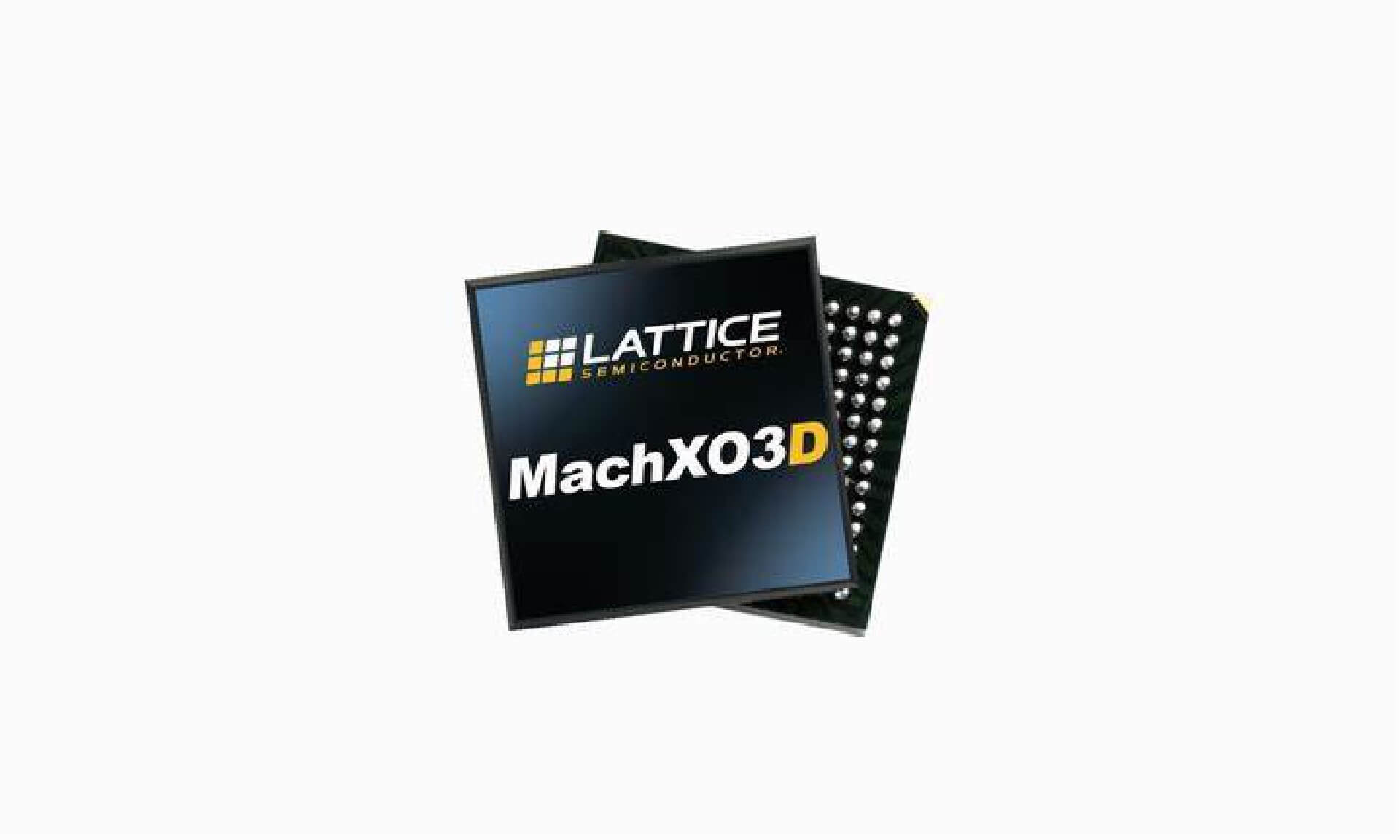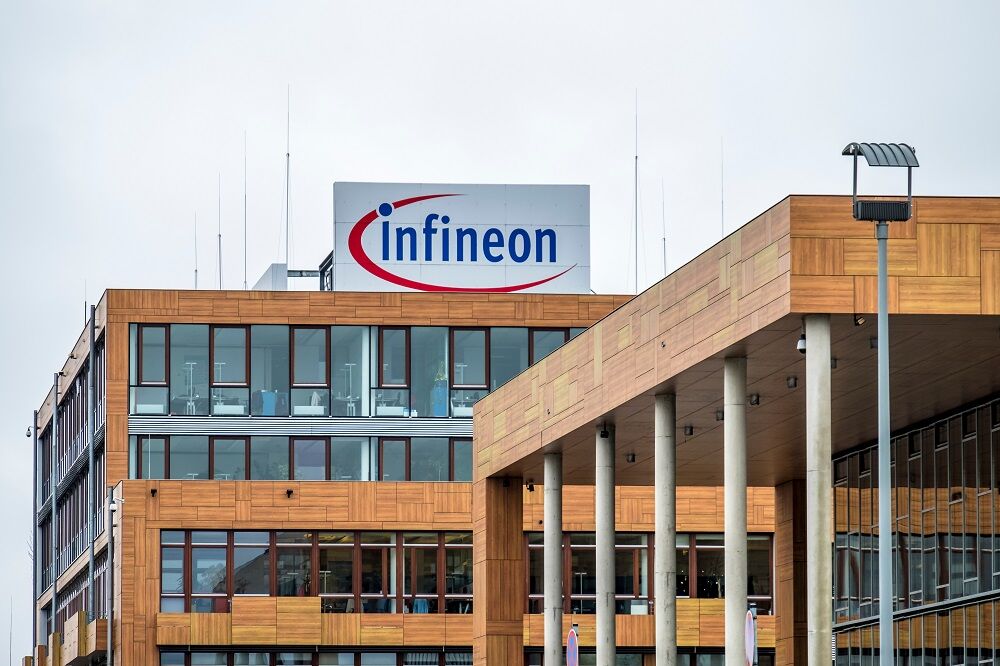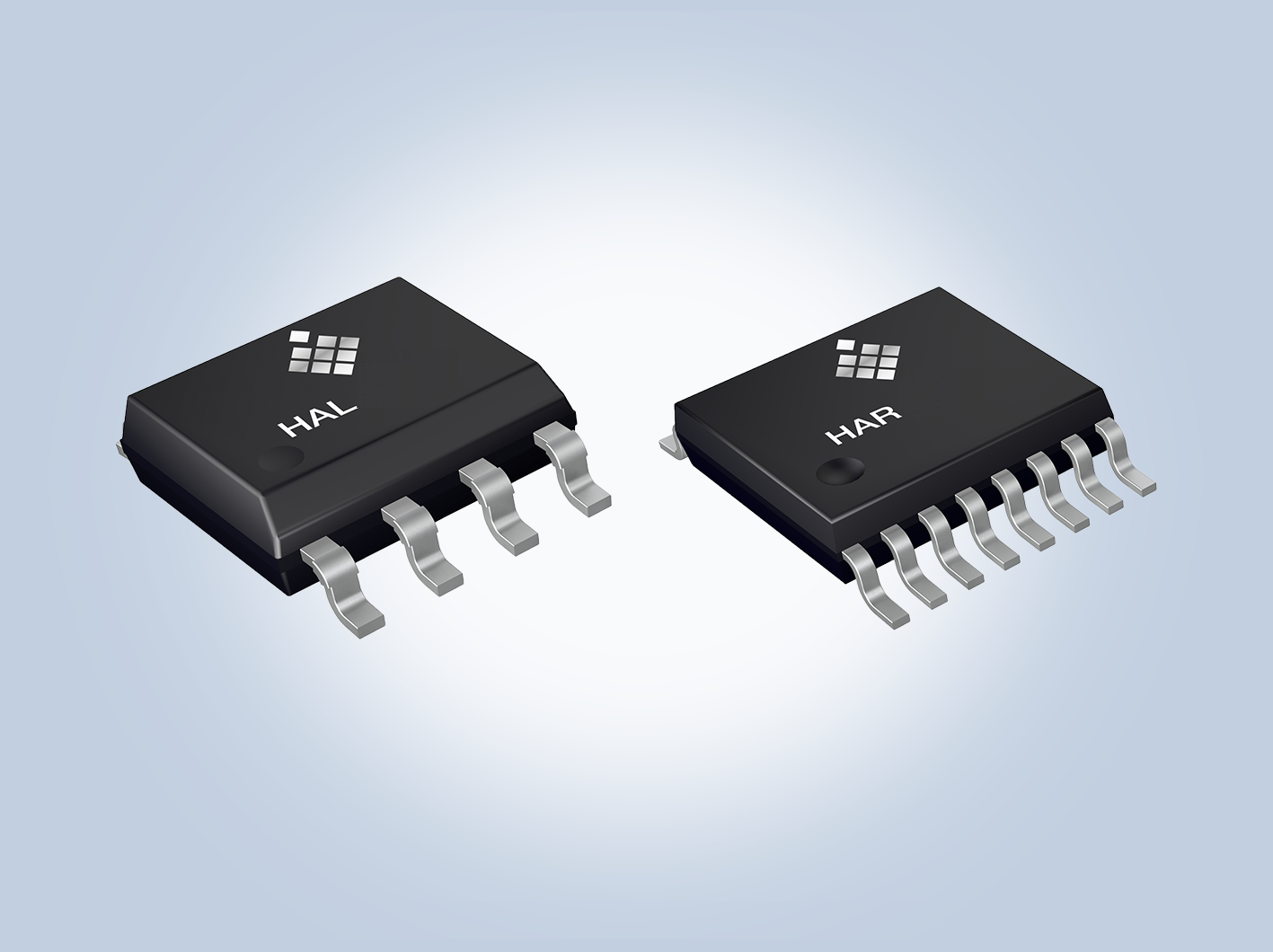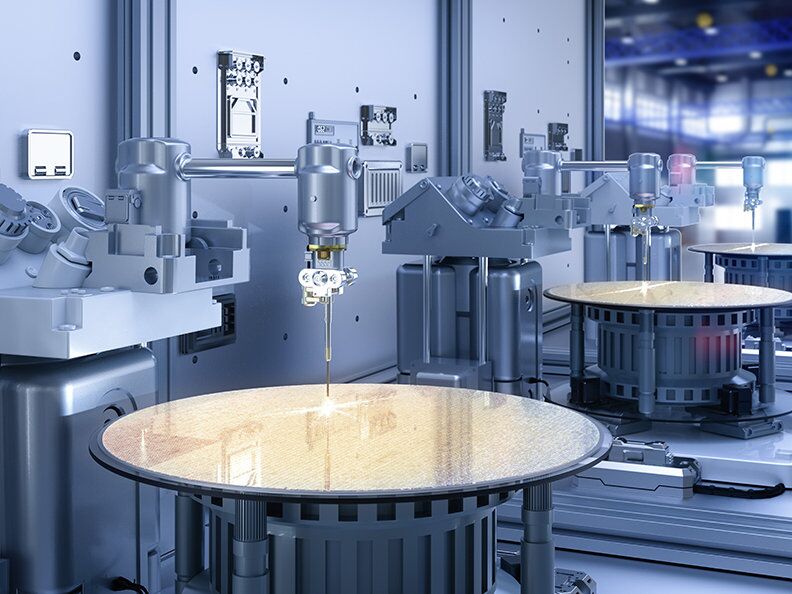Recently, Lattice Semiconductor has released a new generation of solutions for the security of artificial intelligence applications and the needs of inferential applications.
As AI continues to advance to a variety of embedded devices, application developers will face greater challenges in terms of security and performance. Safe and reliable hardware design is a prerequisite for promoting the popularity of AIoT; better inference performance allows application developers to launch better end-user applications with better user experience. As a result, Lattice has announced the availability of a MachXO3D FPGA that secures system firmware in a wide range of applications, as well as a sensAI solution that delivers up to 10x better performance than the previous generation.
According to Lattice, security and inference performance will be the two key factors for the popularity of AIoT applications.
The firmware of components has gradually become the most common target of cyber attacks. In 2018, more than 3 billion chips of various types of systems faced threats of data theft due to firmware security issues. Unsafe firmware can also be a concern due to distributed blocking service attacks, device tampering or corruption. Failure to address these risks in a timely manner may adversely affect a company's reputation and financial condition.
sensAI's low-power AI reasoning capabilities are optimized for OEM application requirements to help them seamlessly integrate with existing designs. Since only relevant information needs to be sent for further processing, using local intelligent processing can reduce the cost of cloud analysis. At present, the main terminal application products of sensAI are real-time online IoT devices such as smart doorbells and security cameras. By making AI inferences on the local end, these devices have faster response times and are harder to steal because the data is not transmitted to the cloud.
The new version of the sensAI solution is up to 10x better than the previous version and supports more new neural networks and machine learning frameworks such as Keras. In addition, the new sensAI offers a new custom reference design to accelerate the development of common applications such as object computing and people detection.












All Comments (0)